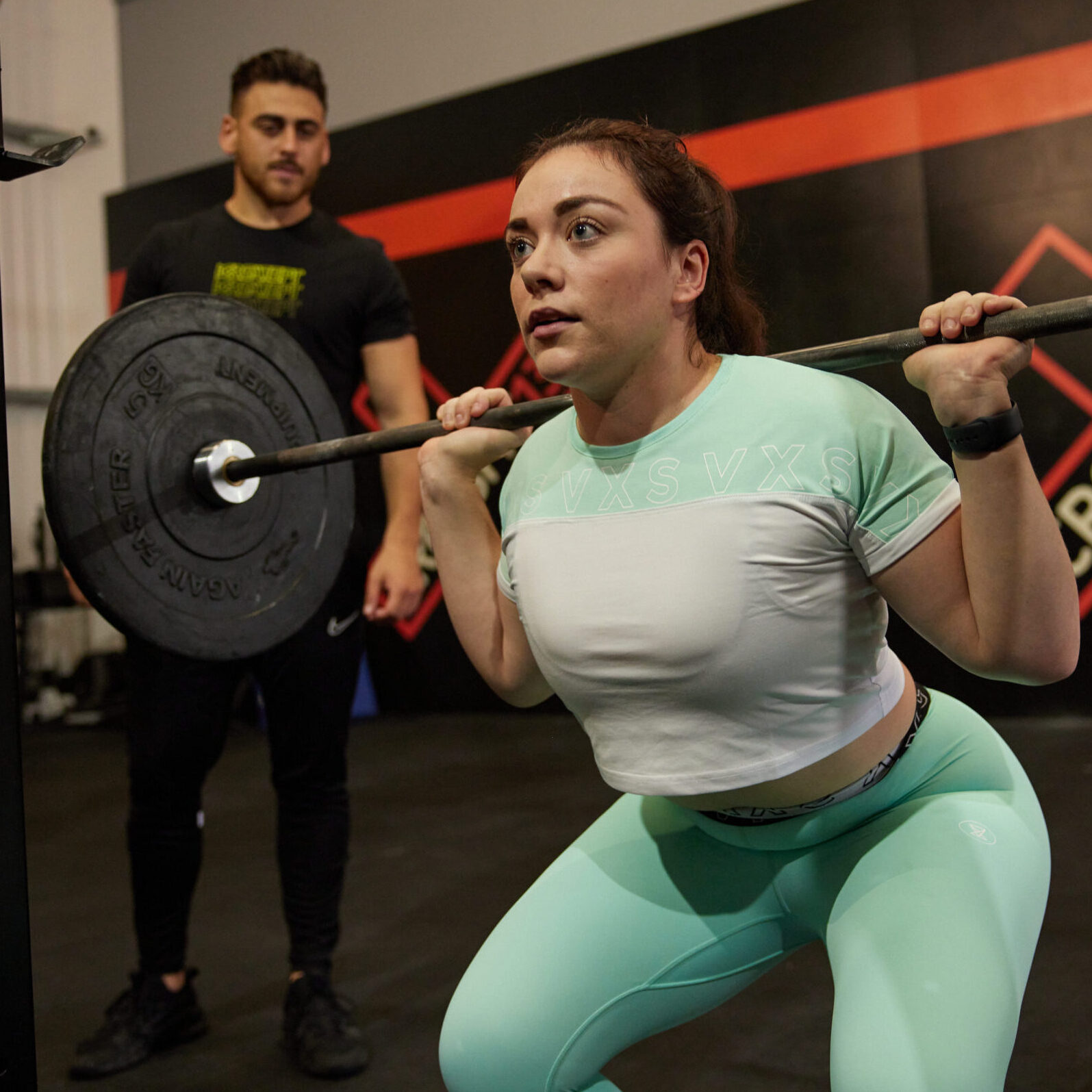The squat exercise is a fundamental lift within strength and conditioning and performance training, improving an athlete’s ability to generate greater ground reaction forces and to produce higher torque magnitudes at the ankle, knee and hip, all of which contribute significantly to acceleration, maximal sprint, vertical jump performance and more. However, the performance of a squat and all its variants requires optimal ankle, knee and hip mobility, trunk stabilisation and strength, lumbopelvic control, and potential technique modifications depending on individual biomechanics.
Therefore, the aim of this short course is to provide performance coaches with a greater understanding of squat mechanics, including potential mobility restrictions and stability limitations, individual anthropometrics that may affect squat performance, and training strategies that can be implemented to squat movement quality.
Furthermore, squat periodisation and how to improve squat strength performance are also explored, providing detail on linear vs undulating squat periodisation, block periodisation, accentuated eccentric training, cluster training, squat variants, squat assistance exercises and overall program structure.
Course Aims & Objectives
1 – Explore the kinetic differences between high-bar and low-bar back squats and front squats, and how the differences in mechanical advantage and moment arms at the ankle, knee and hip joints differ between these classic squat variants.
2 – Describe the function of the ankle and foot when squatting, and what evidence-based strategies can implemented to improve ankle dorsi flexion and foot mechanics in athletes and general populations.
3 – Explain how individual femur – tibia ratios and limb lengths can affect squat performance.
4 – Explore hip function when performing a squat, and how hip mobility, stability and individual hip anthropometrics effect squat performance.
5 – Describe squat spinal mechanics and how coaching cues, focal points and strengthening interventions all contribute towards improvements in squat spinal kinematics.
6 – Be able to implement evidence-based programming strategies to improve squat performance including linear vs undulating squat periodisation, block periodisation, accentuated eccentric training, cluster training, squat variants, squat assistance exercises and overall program structure.




